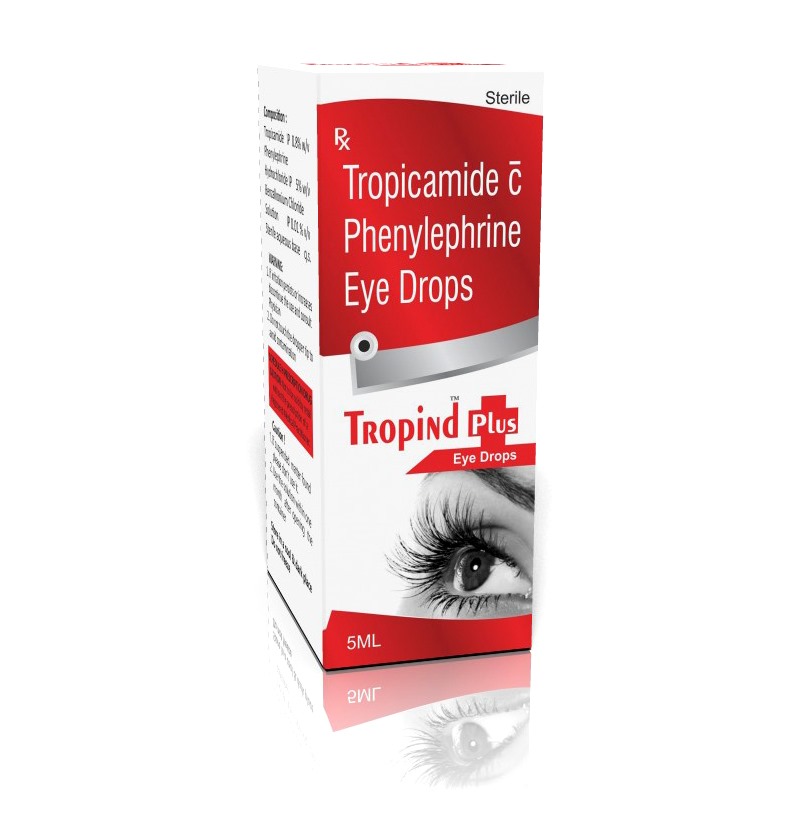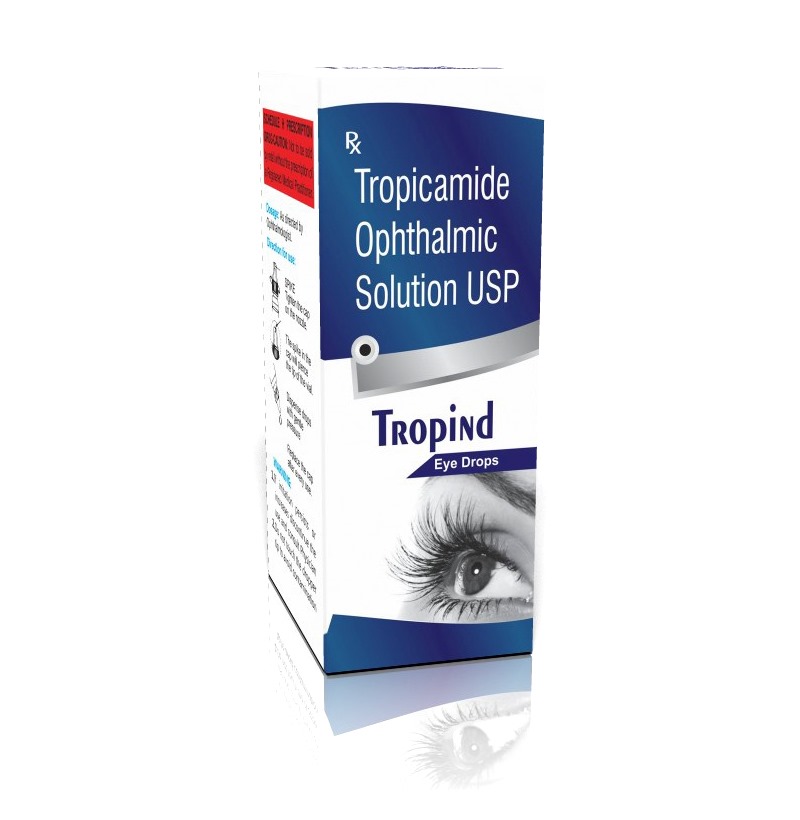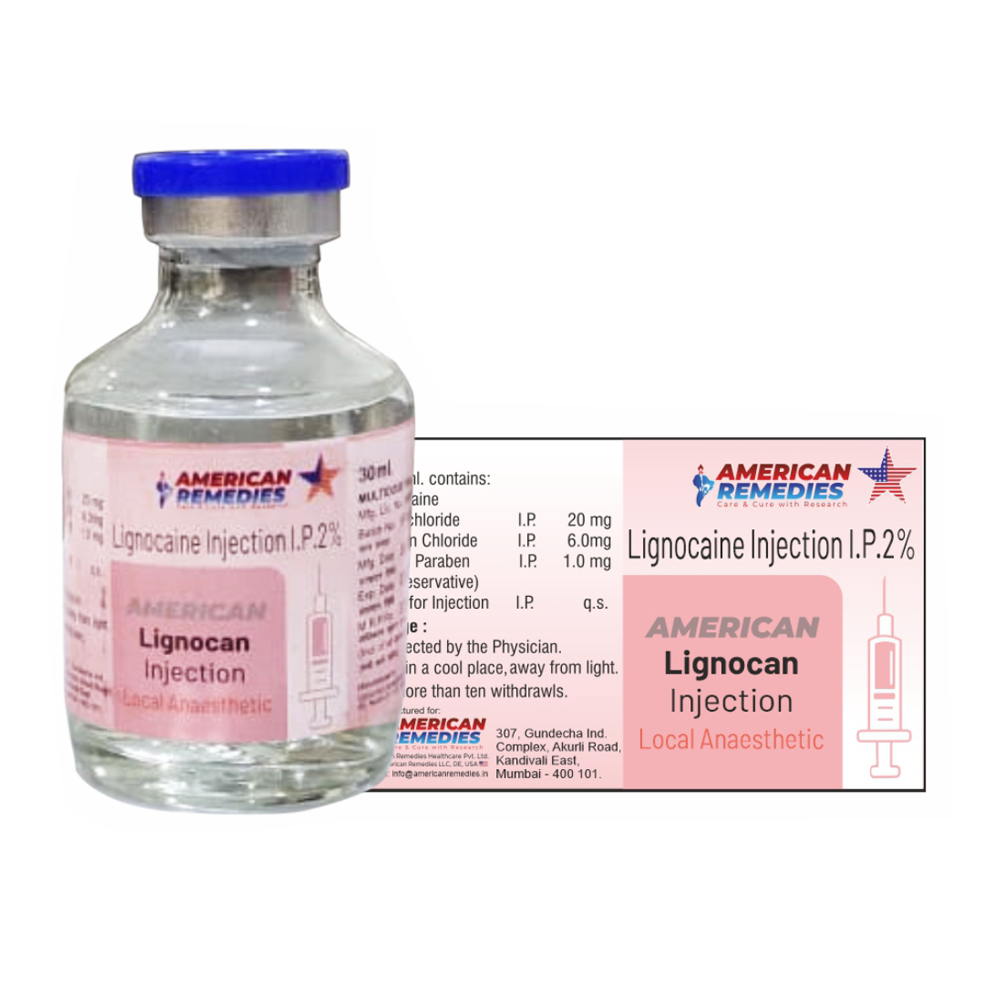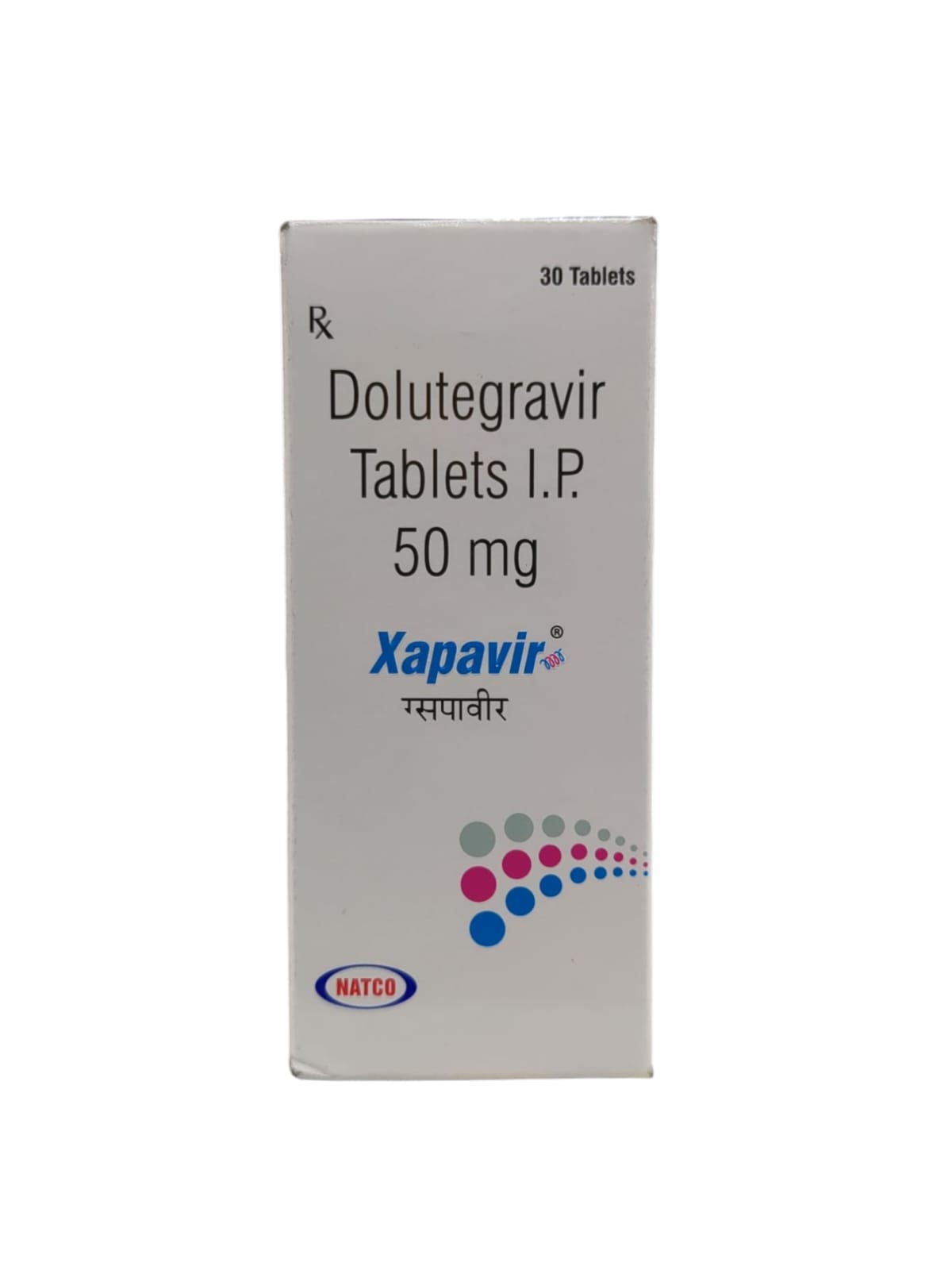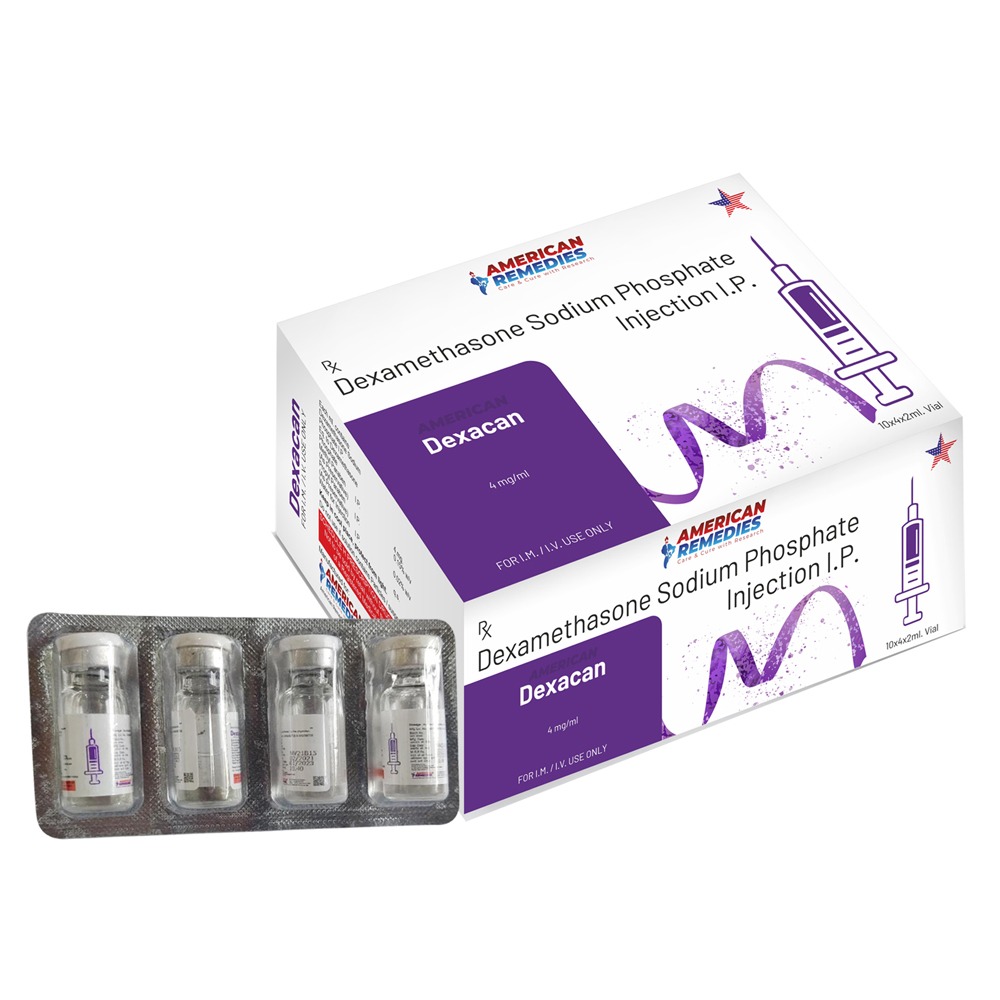HIV/AIDS
Introduction to Xapavir 50mg Tablet
Xapavir 50mg Tablet is an antiviral drug belonging to the Integrase strand transfer inhibitor category, containing the active ingredient Dolutegravir. It is used to treat human immunodeficiency virus (HIV) infection. HIV infection is mainly spread by sexual contact with anyone who has the infection or by transfer of infected blood (by sharing injection needles). This drug must be taken with other medicines used to treat HIV infection.
This drug is contraindicated in individuals with liver disease. Due to the higher concentration, caution should be taken when administering the drug to individuals with liver impairment. The dosage of this drug may need to be adjusted by your doctor, or it may need to be used with extra monitoring in these individuals to ensure its safety and efficacy. During the early stages of HIV treatment, some patients may experience an inflammatory response to opportunistic infections. This condition, immune reconstitution syndrome, can occur after starting the drug or other antiretroviral therapies. Knowing this possibility and monitoring for any signs of worsening infections or inflammatory symptoms is necessary. Inform your healthcare provider if the symptoms concern you or persist longer than usual.
It is necessary for healthcare professionals to carefully monitor patients taking this drug for any signs or symptoms of skin or hypersensitivity reactions, such as rash, blistering, or mucosal lesions. If a severe reaction is suspected, this medicine should be discontinued immediately, and appropriate medical treatment can be initiated. Patients are also advised to report any skin or hypersensitivity reactions to their healthcare provider and to seek medical emergency immediately if they experience any symptoms of a severe reaction. Tell your doctor immediately about all the medications you have been taking recently, including herbal and supplements, before taking this drug.
Uses of Xapavir 50mg Tablet
Human Immunodeficiency Virus (HIV)
Therapeutic Effects of Xapavir 50mg Tablet
Xapavir 50mg Tablet works by inhibiting the enzyme integrase, thereby reducing the virus in your body. It also increases a type of white blood cell called CD4 cells which help the body fight infection.
Interaction of Xapavir 50mg Tablet with other drugs
Inform your healthcare provider about your medicines, including prescription, over-the-counter, nutritional or vitamin supplements, and herbal products. Certain medications may interact with Xapavir 50mg Tablets and reduce effectiveness by causing undesirable side effects.
More Information about Xapavir 50mg Tablet
Store Xapavir 50mg Tablet at room temperature (15°to 25°C).
Keep the Tablet out of reach of children and pets.
How to consume Xapavir 50mg Tablet
It is an orally available prescription drug. Your doctor will decide the dose and duration of the drug based on the disease condition and other factors. Always take Xapavir 50mg Tablet as prescribed by your doctor. Take the Tablet with or without food. Do not break, chew, or crush the Tablet. Swallow the whole Tablet with water.
Safety Advices for Xapavir 50mg Tablet
Image Not Available Pregnancy
Suppose you are pregnant or planning for pregnancy during the treatment. Please consult your doctor before taking Xapavir 50mg Tablet.
Image Not Available Breast Feeding
Breastfeeding is not recommended in patients taking Xapavir 50mg Tablets because the medicine passes into the breast milk in small amounts and may harm your baby. Do not breastfeed during the treatment.
Image Not Available Lungs
It is unknown whether Xapavir 50mg Tablets can be prescribed for patients with lung problems. Consult your doctor if you have any lung diseases before starting the treatment.
Image Not Available Liver
Xapavir 50mg Tablet must be cautiously administered in patients with severe liver diseases. Dose adjustments are necessary for severe liver failure. Inform your doctor if you have liver problems before initiating the therapy
Image Not Available Alcohol
Consuming alcohol may affect the effectiveness of the Xapavir 50mg Tablet. It is highly advised to stop consuming alcohol if you take this medicine.
Image Not Available Driving
Driving vehicles or operating heavy machinery is unsafe after taking the Xapavir 50mg Tablet. It may cause dizziness and impair concentration.
Side Effects of Xapavir 50mg Tablet
Side effects are unwanted symptoms caused by medicines. Even though all drugs cause side effects, not everyone gets them.
Serious
Allergic reactions (swelling, high temperature)
Infection, inflammation
Inflammation of the liver; liver failure
Joint pain
Common
Depression
Abnormal dreams, insomnia
Itching, rash
Being sick
Stomach discomfort, pain
Headache
Diarrhea
Fatigue
Send
Message

